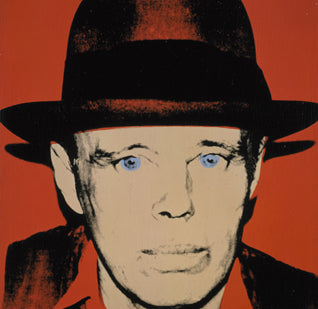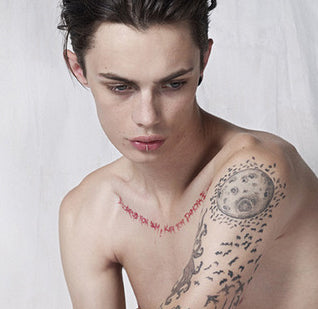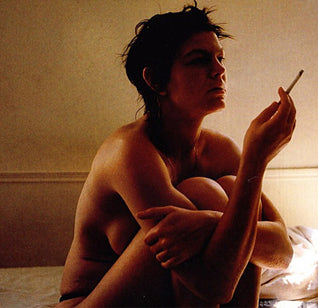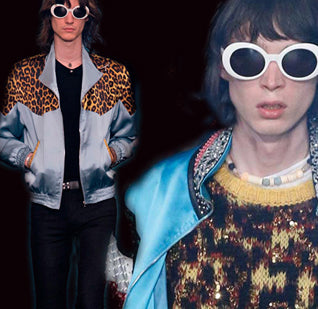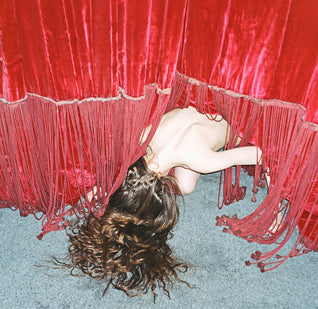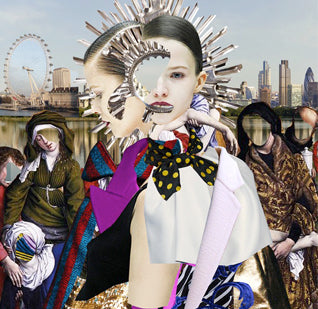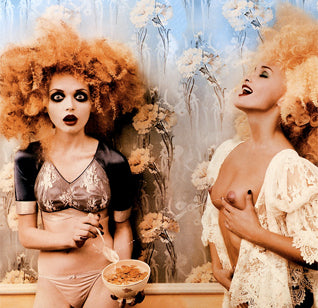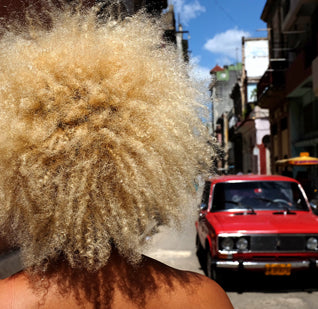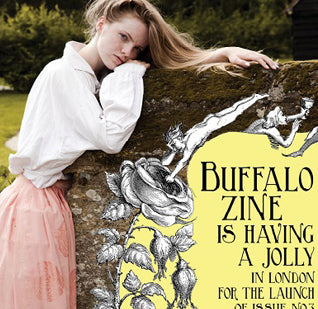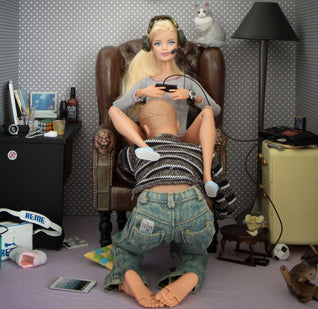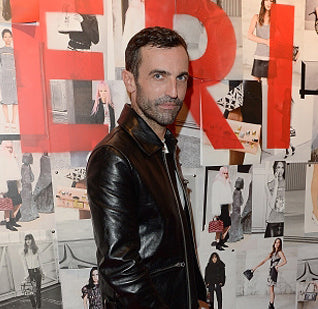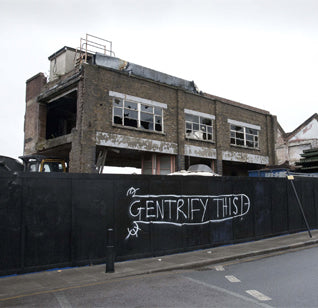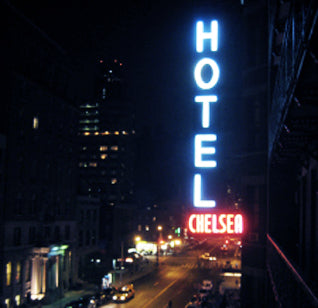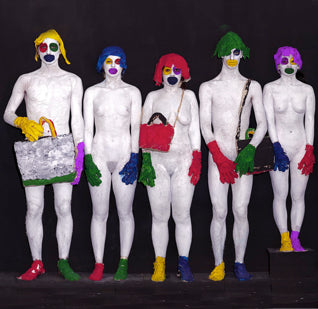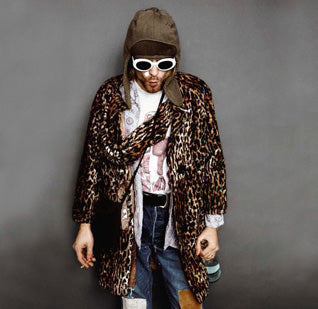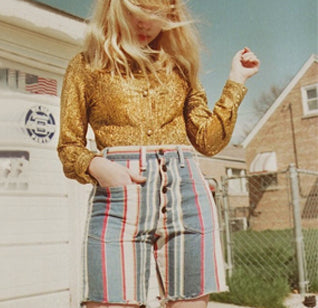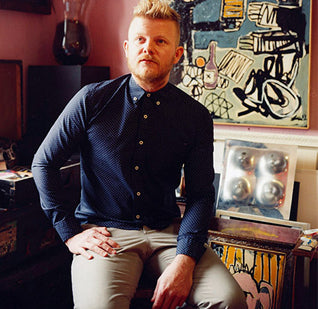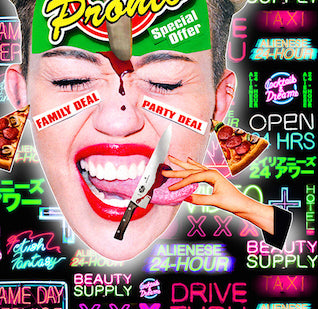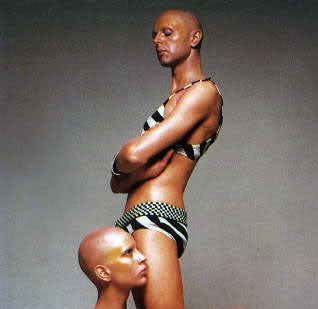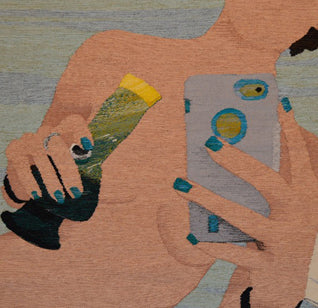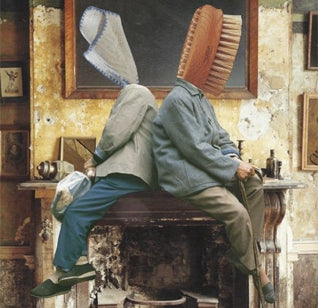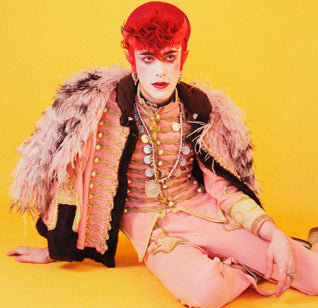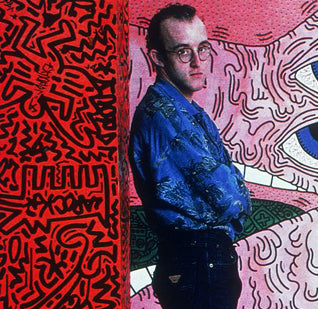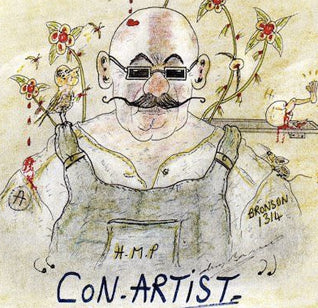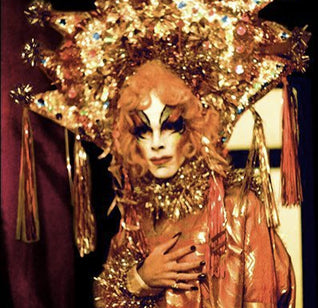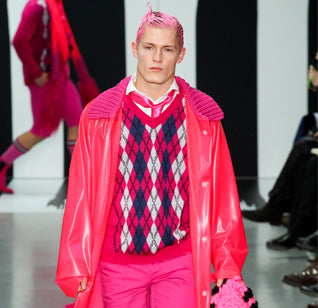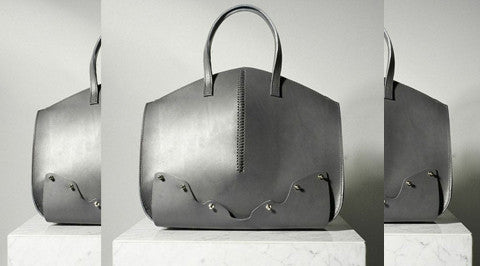DANCING WITH MOLLY
Miley and Rihanna use MDMA to reflect hard times
by Maria Raposo
The pursuit of ecstasy is part of human nature. But for many centuries this fact has been forgotten and today the word ‘ecstasy’ has become intrinsically linked to the illegal drug rather than undiluted joy. The music videos for Rihanna's ‘We Found Love’ and Miley Cyrus's ‘We Can't Stop’ remind us that ecstasy is fundamental to society. Together they have over 500 million YouTube views; making them two of the biggest artefacts in contemporary pop culture. 25 years after ecstasy’s subversive beginnings in the rave scenes of Western Europe, the drug has found its place in the very heart of mainstream pop.
Both tracks and videos chart the twinkling highs, and gradual comedowns, of a celebratory and escapist night of artificially-induced ecstasy. In Rihanna's video, among the fireworks and zealous dancing, we even see pupils dilate; in Miley's, there is no hiding behind innuendo in the lyrical references to getting “turnt up” – high – and “dancing with Molly” – American slang for the drug, MDMA.
The videos are situated not in the clichéd music video aesthetic of opulent, crystalline glamour but in a gritty post-industrial present. Admittedly, Miley’s party has access to a swimming pool, but in Rihanna's case, the video is set in and around a Belfast council estate. The aesthetic in both cases is straight out of the TV drama series Skins, written by late teens and aimed at late teens. In Skins the protagonists are post-modern and pan-sexual, lapping up any hedonistic opportunities thrown their way, looking good but behaving badly, and shorn of the earnest political identities of the baby boomers or even the punks.

Pop music has been providing party songs for decades, but their current shape – their narco-sonic tendency towards this short-term, sugar-rush happiness – reflects our hard economic times. Unsurprisingly, the financial crisis has sparked a significant rise in incidences of depression in the West, as late capitalism takes its toll. "We found love in a hopeless place" is the chorus to the Rihanna single – do her 294 million YouTube video views indicate that her audience is feeling equally hopeless? Quite possibly fans just like the song, or Rihanna. But the mainstreaming of MDMA in the context of the global financial crisis, and the so-called ‘lost generation’ it has created, should come as little surprise; pop culture cannot help but reflect the social zeitgeist.
The uniting of narcotics, escapism and celebration arguably goes back as far as human beings emerging from caves. Some anthropologists of early humans think dancing and music-making were evolutionary social glues, before speech developed to serve the same purpose. Group ecstasy and the many and varied practices of traditional carnival are part of who we are as human beings – a set of bonding rituals that has been sadly abolished by those in power over the centuries.
The mainstreaming of MDMA should come as little surprise; pop culture cannot help but reflect the social zeitgeist.
This innate human tendency has faced countless attacks from power elites scared of the perceived or actual threat of social collectivity. The broad sweep of modernity that got us to Miley, Rihanna and MDMA is one in which the word ‘ecstasy’ can sadly only be understood to mean an illegal drug – in almost all ancient societies ecstatic rituals of some kind were part of the social fabric, and remain so in many non-western societies.
The advent of capitalism in sixteenth century Europe marked the great clampdown on traditional grassroots festivity: working hand-in-hand, Protestantism and industrialization martialed the lower classes into a disciplined, sober, workforce. For example, the new labor force was needed for a year-round, six-day-a-week textile industry and could not brook the regular holidays, rituals and festivities common until that point: the old, localized Europe of maypoles, bonfires, feasts, ballads, football and above all, music, drunkenness and dancing.

In Europe, between the seventeenth and twentieth century, thousands of acts of legislation were passed, restricting popular festivity. The Reformation-era clampdown became the new normal, until we forgot that we had ever lived otherwise. As urbanization, Protestantism and capitalism disciplined the masses, levels of depression rose too – initially termed an epidemic of ‘melancholy’.
In her book ‘Dancing in the Streets’ Barbara Ehrenreich laments, “The immense tragedy for Europeans, and most acutely for the northern Protestants among them, was that the same social forces that disposed them to depression also swept away a traditional cure... with the suppression of festivities that accompanied modern European “progress,” they had done something perhaps far more damaging. They had completed the demonization of Dionysus [the Greek God of ecstasy] begun by Christians centuries ago, and thereby rejected one of the most ancient sources of help – the mind-preserving, lifesaving techniques of ecstasy.”
Capitalism killed our innate human instincts to ecstasy – and we sublimated it into a little white pill. Dancing with Molly may not quite herald the return of the repressed, but it's a start.








